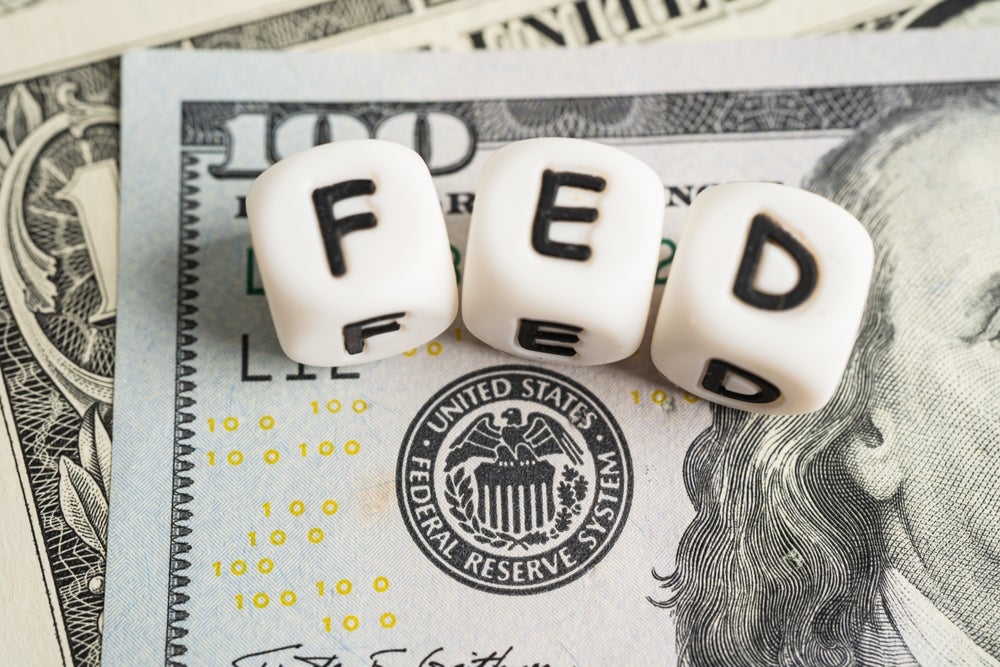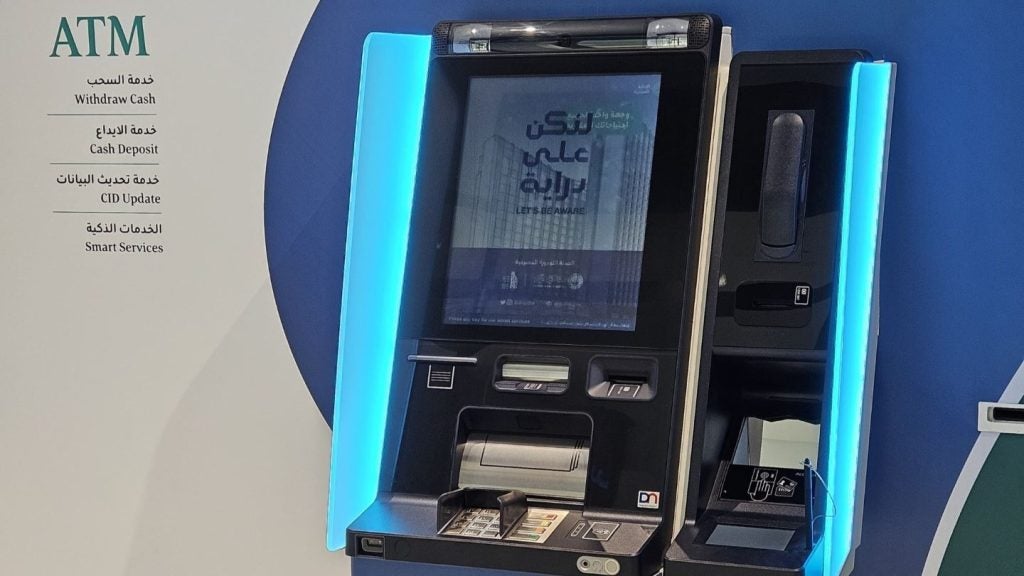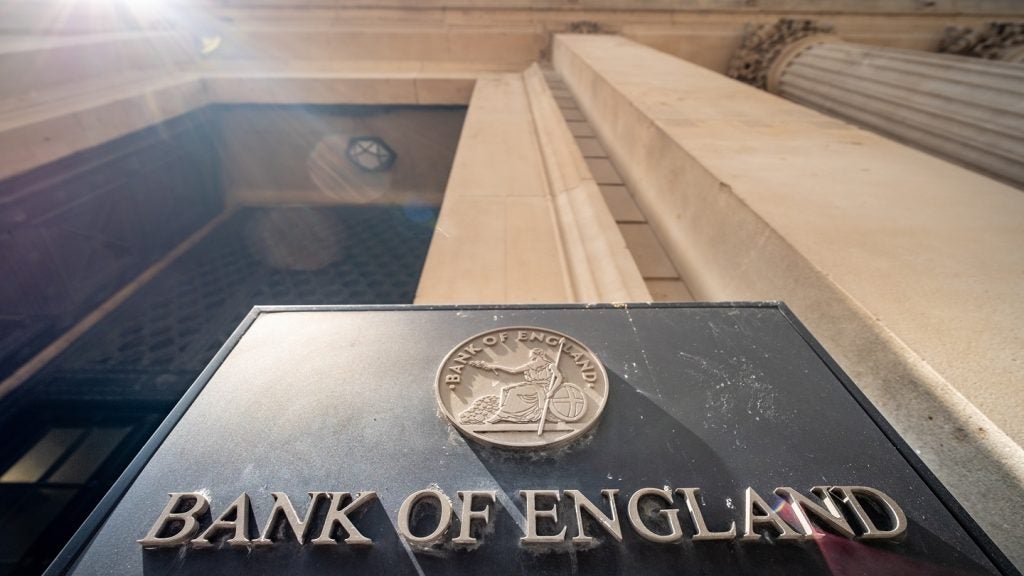QR codes are not dead but they face an uphill battle, argues David Parker.
June 2013, just over a year ago, it was stated that NFC payments were dead. That was the conclusion of venture capitalist Matt Witheiler of Flybridge Capital Partners. NFC pundits for years have claimed that an Apple entry into the market would herald the era of NFC. The belief was that Apple was the only phone vendor with enough market share and influence on retailers to actually pull NFC off.
And with 435m iTunes accounts worldwide, each with a funding mechanism of some sort, there was some truth in this. At this time Apple had no iPhone 6 announced and was, to put it mildly, being very reticent about any commitments re NFC.
So now that Apple has thrown its full weight behind NFC are we to assume the opposite is true and it can be heralded as the saviour of NFC? After all, if we just look at the numbers even before Apple’s announcement we find that contactless payment terminals are now live in 63 markets worldwide, including 34 countries in Europe.
MasterCard and Visa are continually trying to ‘out PR’ each other with MasterCard advising that its brands can be used at almost 2m merchant locations worldwide, representing more than a 180% year-on-year increase.
Add to that the fact that the number of contactless transactions across Europe has more than tripled and the volume spent on those transactions has increased four times year-on-year. Visa Europe has commented that European contactless transactions have nearly tripled and terminals almost doubled. It also said that in 2013 the top five markets to embrace Visa contactless payments in Europe were:
- Poland 158.7m purchases
- UK 94.3m purchases
- Czech Republic 30.6m purchases
- Slovakia 23.1m purchases
- Spain 17.5m purchases
And even The UK Cards Association’s head of policy, Richard Koch has stated that for the UK "There are 125 NFC transactions every minute, or about 70m a year."

US Tariffs are shifting - will you react or anticipate?
Don’t let policy changes catch you off guard. Stay proactive with real-time data and expert analysis.
By GlobalDataThe schemes and financial institutions have thus put considerable effort, time and money into driving contactless, and would no doubt argue that the launch of ApplePay, on the scheme rails and using NFC as its method of communication between mobile phones and retailers is the confirmation of this technology, if not the nail in the coffin for QR codes when it comes to payments.
The issue is no-one told the challengers, those organisations looking to take on the big incumbent schemes, that QR was dead. In the US we have seen major retailers such as Walmart, CVS Health and Rite Aid state they are disabling Apple Pay. But in reality this is not about just disabling Apple Pay, this is about disabling all NFC transactions through those terminals.
Why? Well, these merchants are all part of MCX (see logos for all members) and represent 110,000 retail locations and process over $1tn in payments annually. They have reportedly singed three-year mobile payment app exclusivity deals with MCX. Retailers who signed up may have had a one-year grace period from the start of their exclusivity contract to exit out of the deal, but as many of them may have signed up in 2012, this will have passed.
And thus as it is ‘exclusive’ for mobile payments they have turned off NFC even though this will affect cards with NFC on as well – although card based NFC has yet to really launch in the US.
Likewise here in the UK when using Zapp, if you’re in a shop, you will be able to pay using NFC, by scanning a QR code at the retailer or entering a PIN given by the retailer to confirm the transaction.
Whilst Zapp seems to be hedging its bets between QR codes, NFC and even a PIN solution, with the expectation that retailers will be able to choose the options that best suit, its terminal infrastructure, MCX and its CurrentC app is 100% QR code based.
Although in early November it was reported that CEO of MCX, Dekkers Davidson stated that while the design of the mobile payments system has been based on QR codes until now, it is not out of the realm of possibility that they will head in other directions, such as NFC technology.
But again if we look internationally, whilst NFC is rolling out strongly in the huge market of China, WeChat, Alipay and Tencent have all started to experiment with QR-ready functions.
WeChat has added a new swipe function for its payment services. Cashiers will be able to scan the digital barcode produced by a customer’s cell phone rather than swiping a bank card. Alipay launched a promotional activity along with convenience store chain FamilyMart in Shanghai in August. All transactions made before September 16 through Alipay Wallet received a 10% discount. Even the Postal Savings Bank of China started internal test runs of its QR Code payment service at the beginning of August.
Another global play around QR codes is that of PowaTag, which has had an investment of over $100m. It is made up of several components; there’s a QR code for printed ads that enables instant product purchases. This QR code can also be featured on price tags so that passing trade can buy products in the window when a store is closed, or have goods delivered when sizes are out of stock as well as enabling retail purchases.
With offices in 14 countries around the world and 240 retailers, such as Reebok, Adidas, Universal Music, Carrefour and jeweller Theo Fennell signed up they have already started making headway into establishing a retail network presence.
So who will win, are QR codes dead? The key challenge will come from the consumer. Certainly the current MCX customer journey seems somewhat clunky:
- The consumer unlocks their phone
- Opens the CurrentC app
- Opens the code scanner
- Scans the QR code shown on the cashier’s screen (In some case, the reverse may happen where the consumer’s CurrentC app displays a payment code and the cashier scans it. If a QR code can’t be generated, a manually entered numeric code may be offered.)
And if we compare this to the ApplePay customer journey:
- Hold the phone by the terminal with the NFC symbol
- Phone will turn on/divert from whatever else it is doing
- It will show you a choice of cards if you have more than one loaded so you can select the card or leave as default
- Put your finger on the Touch ID sensor and it is sorted
I would contend the customer journey is much easier and less clunky with Apple, as one would expect, so what will make a consumer choose MCX? Maybe some great retail offers or discounts.
Likewise with Powa, there is likely to have to be some sort of retail incentive and loyalty scheme to get consumers to switch over from their tried and tested cards. Further, with the big money of banks and the schemes backing NFC, including Apple, while it may not be the death of QR codes, they certainly face an uphill battle.







